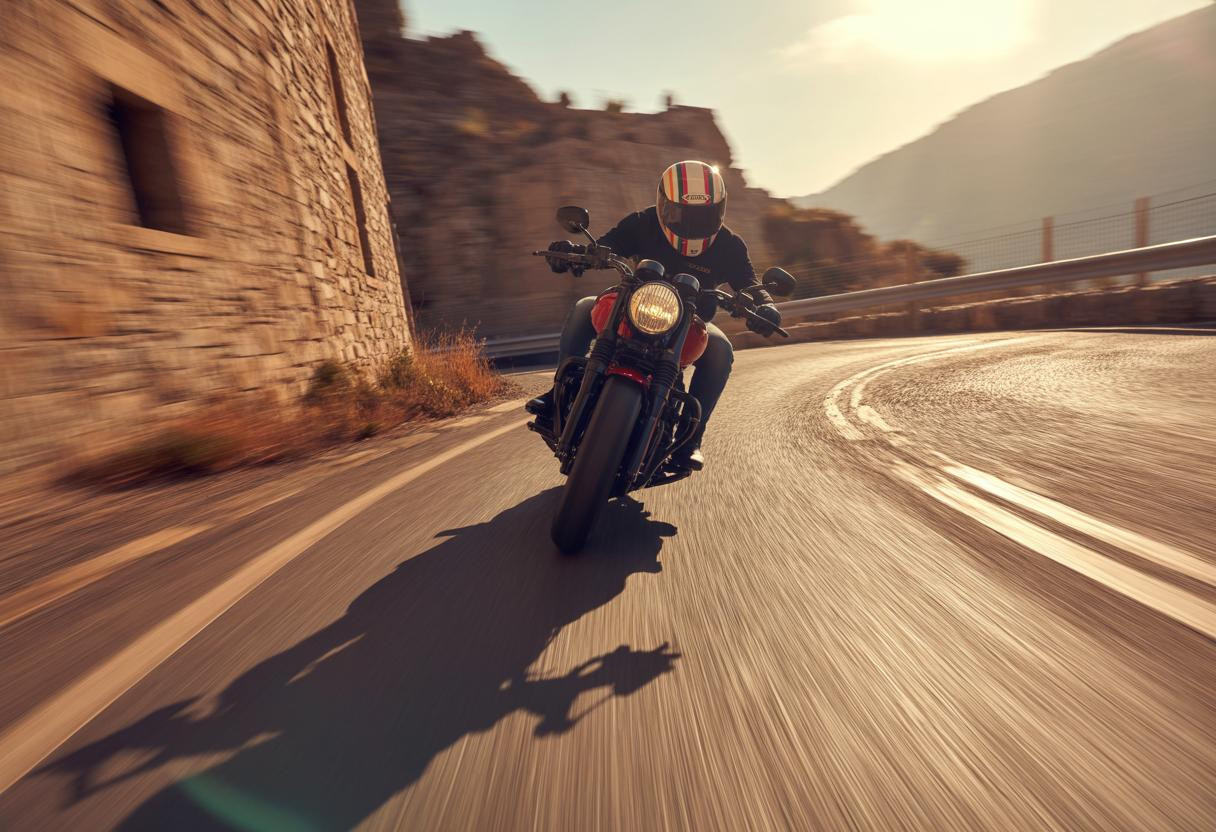The Isle of Man TT has claimed 269 lives since 1907, yet thousands of riders still apply annually to race on these 37.7 miles of public roads at speeds exceeding 180 mph. What drives competitors to repeatedly choose potential death over safety? The answer reveals a complex web of psychology, tradition, and human nature that defies modern safety logic.
The deadly tradition that refuses to modernize
Since Victor Surridge became the first motorcycle fatality in 1911, the TT has evolved into motorsport’s most lethal event. The numbers tell a chilling story: 156 official rider deaths during races, with 2005 marking the deadliest year at 10 fatalities. Yet participation continues to surge.
The event lost its world championship status in 1976 due to safety concerns, but this only strengthened its identity as motorsport’s last true test of courage. Unlike modern circuits with runoff areas and safety barriers, the TT course features stone walls, telegraph poles, and narrow village streets where riders reach speeds that would be considered reckless on any other track.
Understanding how thousands continue applying despite the documented fatalities requires examining the deeper psychological forces at work.
The psychology behind choosing certain death
Thrill addiction and existential challenges
Rider Guy Martin captured the essence when describing his motivation as pursuing “that near-death thing.” This isn’t mere adrenaline seeking—it’s a psychological craving for existential validation through extreme risk.
Research shows TT participants aren’t driven by financial rewards but by the need to prove mastery over death itself. The course’s 265 corners and 200+ mph speeds create a unique psychological battleground where riders confront their mortality repeatedly across 37.7 miles.
Cultural identity and collective risk normalization
The TT community has developed what psychologists call collective risk normalization—a shared belief that danger is not just acceptable but essential to the event’s identity. Spectators and competitors alike internalize fatal crashes as “part of the tradition,” creating a self-sustaining cycle of participation.
This cultural phenomenon explains the psychological forces that drive riders to risk everything on this deadly course, where death becomes mythologized rather than feared.
Modern safety versus immovable dangers
Recent technological advances have introduced GPS tracking, digital flagging systems, and reduced grid sizes to 50 riders per race. Medical response has reached Formula 1 standards, with trauma teams performing surgery trackside while motorcycles continue racing past at lethal speeds.
However, these improvements face systemic limitations. The course’s environmental hazards—stone walls mere inches from racing lines, blind crests, and weather changes—remain unchanged since 1911. Recent safety transformations following high-speed crashes focus on response rather than prevention because the course’s fundamental dangers cannot be eliminated.
The medical reality of 180mph crashes
TT medical teams handle an average of 5.5 major surgeries daily during race weeks. The 1993 casualty data reveals the brutal reality: severe trauma cases requiring immediate intervention while races continue around them.
Survivors like Paul Booth, who lost his leg below the knee, highlight the long-term physiological costs. Yet even catastrophic injuries rarely deter riders from returning. The extraordinary medical response protocols during TT races have become as legendary as the racing itself.
Why the deadliest race survives in 2025
The TT persists because its danger isn’t a flaw—it’s the feature. Modern motorsport has largely eliminated fatal risk, making the TT a singular arena where humans can still test their ultimate limits against death.
This creates a paradox: safety improvements that reduce lethality would destroy the event’s core appeal. The TT survives as a cultural outlier, attracting those who reject modern safety culture in favor of authentic existential challenge.
As long as humans crave meaning through mortal risk, riders will continue queuing for their chance to dance with death on the world’s most dangerous 37.7 miles of tarmac.
